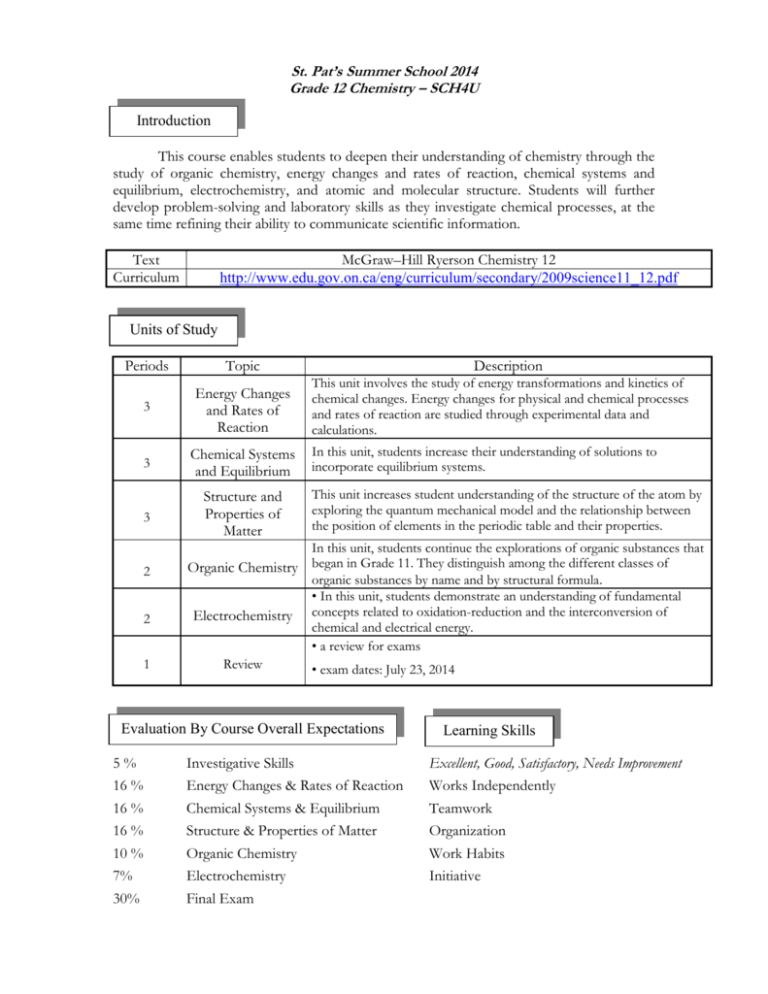
The reason for this is because hydrogen, whilst having the same valence electron configuration as the alkali metals, has the properties of a halogen. In most tables, hydrogen seems like the "odd one out". An example of this is the placement hydrogen has in the spiral. The Benfey table has some unique aspects that very few tables represent. A superactinide island is already slotted in. In Theodor Benfey's periodic table the elements form a two-dimensional spiral, starting from hydrogen, and folding their way around two peninsulas, the transition metals, and lanthanides and actinides. In the result, the order is still consistently by atomic number ( Z), 1–120. For example, most of the fourth row in the standard table is the fifth row in this table. The s-block is shifted upwards one row, and all elements not in the s-block are now one row lower than in the standard table.Groups 1 and 2 (the s-block), including elements 119 and 120 in extended period 8, are moved to the right side of the table.Helium is placed in group 2 (not in group 18).The left-step periodic table moves the s-block to the right.Ĭompared to the common layout, the left-step table has these changes: Left to right: s-, f-, d-, p-block in the common periodic table presentation. The last two elements shown, elements 119 and 120, have not yet been synthesized. The experimentally determined ground-state electron configurations of the elements differ from the configurations predicted by the Madelung rule in twenty instances, but the Madelung-predicted configurations are always at least close to the ground state. This form of periodic table is congruent with the order in which electron shells are ideally filled according to the Madelung rule, as shown in the accompanying sequence in the left margin (read from top to bottom, left to right). (Although Cr and Cu are exceptions in the gas-phase, the idealized configurations are not too far away from the ground state, and the energy difference is small enough to be controlled by the chemical environment.) For example, the elements Sc to Zn are shown as a 3d block implying orbital occupancy 4s 2 3d x. It organizes elements according to an idealized orbital filling (instead of valence).

Major alternative structures Left-step periodic table (Janet, 1928) Ĭharles Janet's left-step periodic table is the most widely used alternative to the traditional depiction of the periodic system. 1.4 Three-dimensional, physicist's (Timothy Stowe, 1986).1.3 Three-dimensional, flower-like (Paul Giguère, 1966).1.2 Two-dimensional spiral (Benfey, 1964).1.1 Left-step periodic table (Janet, 1928).


 0 kommentar(er)
0 kommentar(er)
